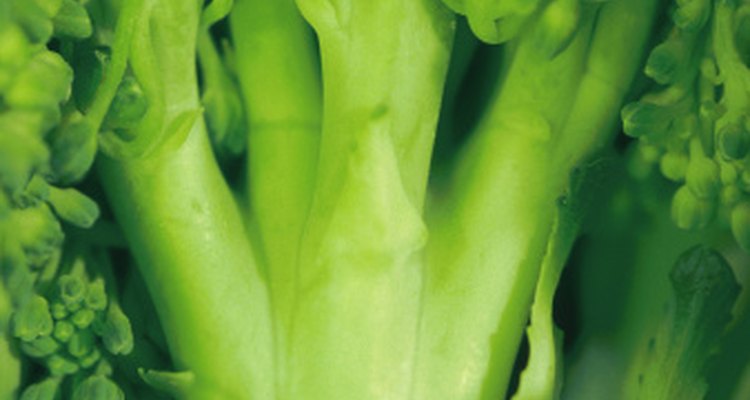
The fiber in your diet not only helps you pass waste more efficiently, but it also stabilizes blood sugar and reduces the risk for colon cancer. Although some preparation methods do affect the fiber content of food, pureeing the vegetables will not break down the fiber content.
What Is Fiber?
Dietary fiber is the part of the plant that the enzymes in the upper intestine cannot digest. The bacteria in the lower intestine can digest some of the fiber, but much of it passes out of the system. Dietary fiber comes in two varieties: soluble and insoluble fiber. Soluble fiber partially breaks down in water and slows down the rate that the food passes through the digestive system. Soluble fiber assists in lowering blood sugar and cholesterol. Insoluble fiber is only partially digested and adds bulk to stool.
The Fiber in Raw Vegetables
Raw vegetables contain both soluble and insoluble fiber, depending on the type of vegetable. The soluble fibers come from inside the cells of the vegetables, whereas the insoluble fiber comes from the fibers in the cell walls. The amount of fiber contained in raw vegetables varies. Legumes and beans contain the most fiber, but they are typically not consumed raw. Raw vegetables such as broccoli, carrots, cabbage and cauliflower are also good sources of fiber.
Preparing Raw Vegetables
Cutting, chopping or pureeing raw vegetables will not affect their fiber content. Although we associate fiber with the crunchiness of the vegetable, fiber is made up of small molecules that don't require the structure of the vegetable to be intact. If this were not the case, the fiber would be lost as you chewed and swallowed your vegetables. Even though a pureed vegetable is not crunchy, as long as it is not cooked it has the same fiber content as it did before it was pureed.
Preserving the Fiber Content
Although pureeing a raw vegetable will not affect its fiber content, cooking it can: Heat breaks down the fiber. A study conducted by researchers at the University of Massachusetts at Amherst found that boiling vegetables such as green beans and carrots destroyed their soluble fiber. Another study at the University of Georgia found that microwaving or deep frying potatoes destroyed both soluble and insoluble fiber. Your best option for preserving the fiber content in your vegetables is to eat them raw or to cook them as little as possible, such as by stir-frying or lightly steaming them.
Related Articles
Does Cooking Break Down Fiber?
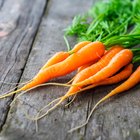
What Is the Difference Between Roughage ...
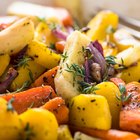
How to Roast Radishes, Parsnips, ...
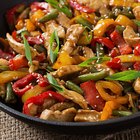
Calories in Moo Shu Vegetable

How to Cook Vegetables in the Microwave
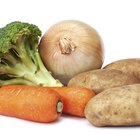
Do Boiled Vegetables Still Have Fiber?
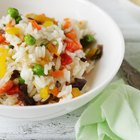
Vegetable Rice Calories
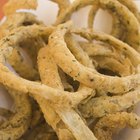
How to Deep Fry Vegetables With Batters
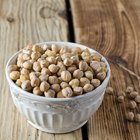
List of Vegetables That Contain Protein ...

Which Vegetables Can Be Frozen?

How to Steam Vegetables in an Electric ...

Steaming vs. Boiling vs. Baking Carrots
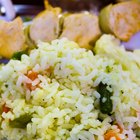
Steamed Vegetable Diet

How to Cook Vegetables Without Losing ...
How to Cook Vegetables in a Roaster ...
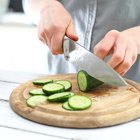
Nutritional Values of Vegetables ...
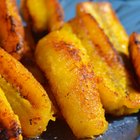
How to Cook Plantains So You Don't Have ...
Can We Refreeze Frozen Vegetables?
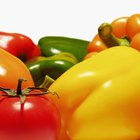
Nutrition Facts About Raw or Cooked ...
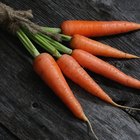
How to Freeze Cooked Carrots
References
Writer Bio
Natalie Smith is a technical writing professor specializing in medical writing localization and food writing. Her work has been published in technical journals, on several prominent cooking and nutrition websites, as well as books and conference proceedings. Smith has won two international research awards for her scholarship in intercultural medical writing, and holds a PhD in technical communication and rhetoric.
Photo Credits
Comstock/Comstock/Getty Images